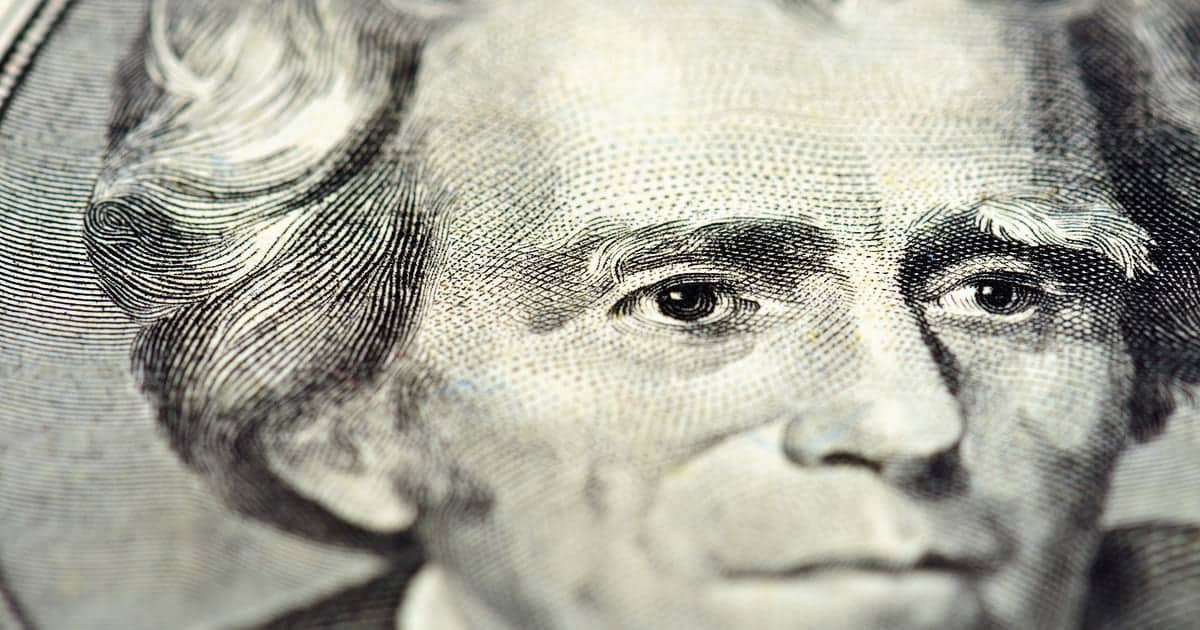
Learn About the History of the $10,000 Gold Certificate
A series of $10,000 Gold Certificates were issued in 1900 featuring a portrait of Andrew Jackson and stating the $10,000 denomination was “PAYABLE IN GOLD.” These 1900 Series Gold Certificate Notes were used primarily by banks and between the Federal Reserve and the Federal Reserve Board once the system was created in 1913.
All 1900-dated $10,000 Gold Certificates were redeemed and most of these notes were punch-canceled. Since these notes were redeemed and “worthless,” surviving specimens were stored in the City Post Office Building near Union Station in Washington D.C. until they were scheduled to be incinerated and removed off the books at the Treasury Department. That is when fate intervened.
The Fire of 1935
On December 13, 1935, a fire started in the Old Post Office Building. Although the edifice was made of granite, the interiors were made of wood and literally tons of paper were stored in that building. Paper is never a match for an uncontrolled fire and the building became engulfed in flames.
As the flames tore through the building, some government employees did what they could to battle the flames and save the government records. They did the reasonable thing at the time and threw box after box of federal records out the windows of the building to save them from the flames. The fire consumed everything in its wake but fortunately for history, a box of 1900 $10,000 Gold Certificates was tossed out of a window onto the street below.
The fire drew a great number of spectators. One of the boxes thrown out the window broke open when it hit the street. What the crowd of people saw when that particular box broke open was unimaginable. Lying helpless in the box were several hundred $10,000 Gold Certificates that promised to be “PAYABLE IN GOLD” in the amount of $10,000.
In 1935, the average salary for a 40-hour work week was $12. The temptation was too great for most people to bear as this particular note was equal to 500 of those relatively new Saint-Gaudens Double Eagle Gold Coins. Some did what many wanted to do – they grabbed a handful of these notes and ran as fast as they could.
Can you Own These Certificates Legally?
All the notes had been previously redeemed, and they had no value. The overwhelming majority of the surviving notes were punch-canceled but some were not. Some surviving notes suffered water or fire damage and that is how they survive today.
In the 1950s and 1960s, the Treasury Department confiscated some of the notes that were showing up in auctions and in dealers’ hands. Since the notes were redeemed, they were illegal to own, but in the 1980s that changed. Suddenly, the government was pursuing more important avenues and confiscating these notes was no longer of any interest.
In the early 2000s, the major paper money grading services began to authenticate and grade the 300 to 400 estimated surviving 1900 $10,000 Gold Certificate notes. While no one knows exactly how many did survive the fire and were tossed out the windows, the number is tiny. The ones that did survive have become highly desirable notes of historic significance.




